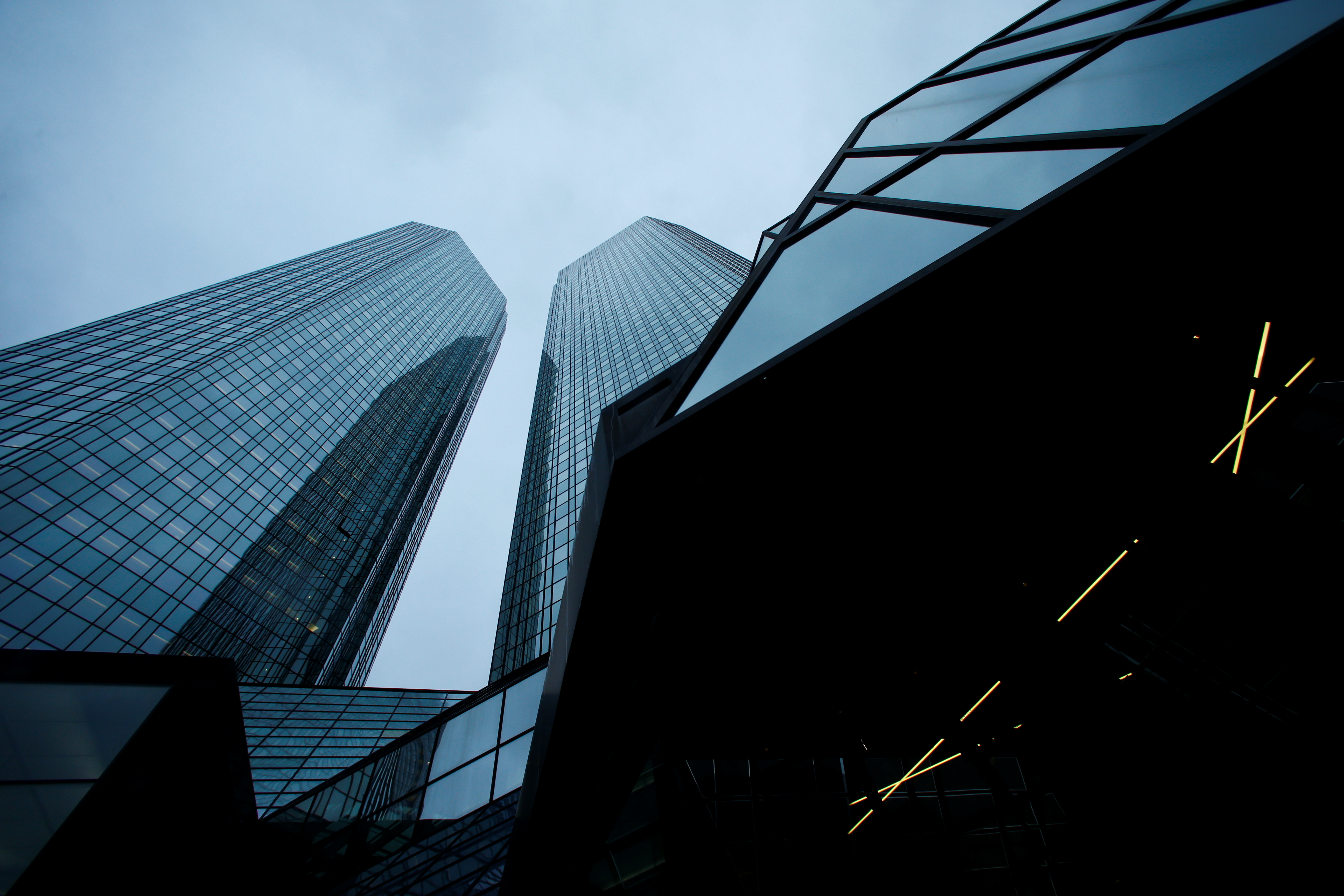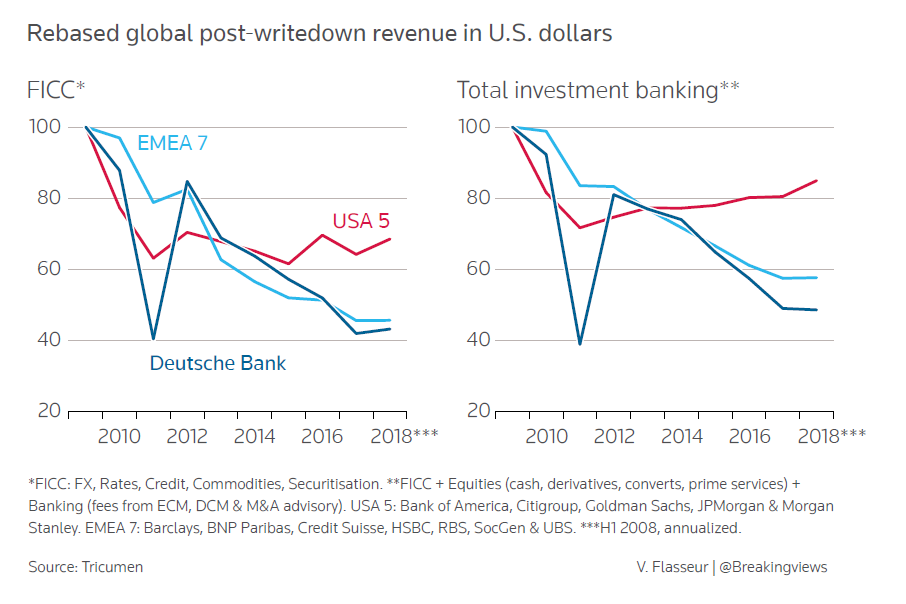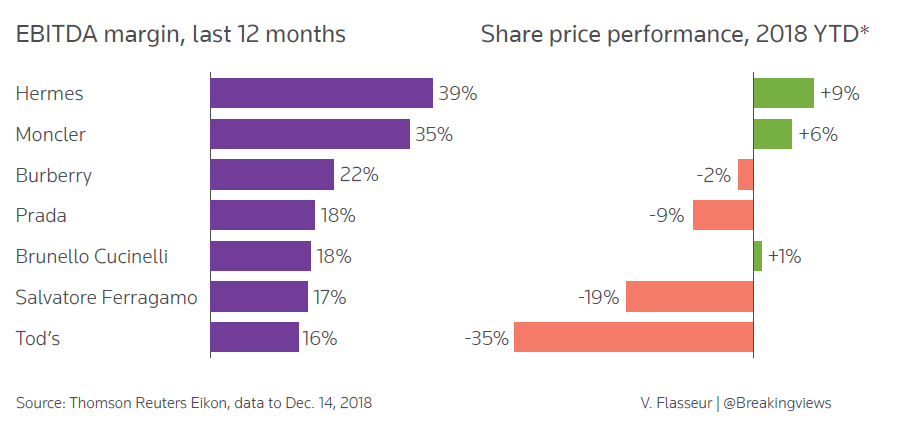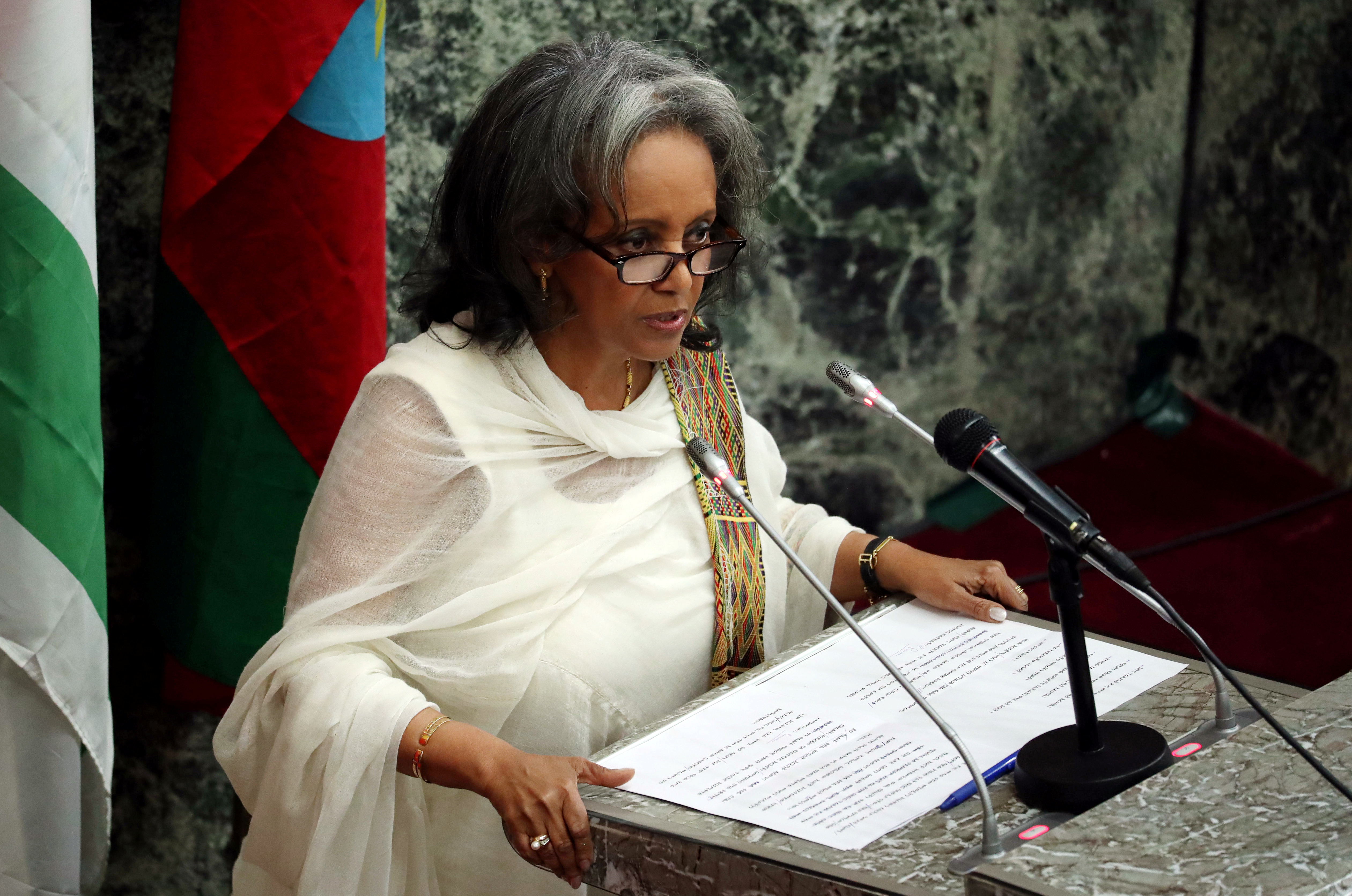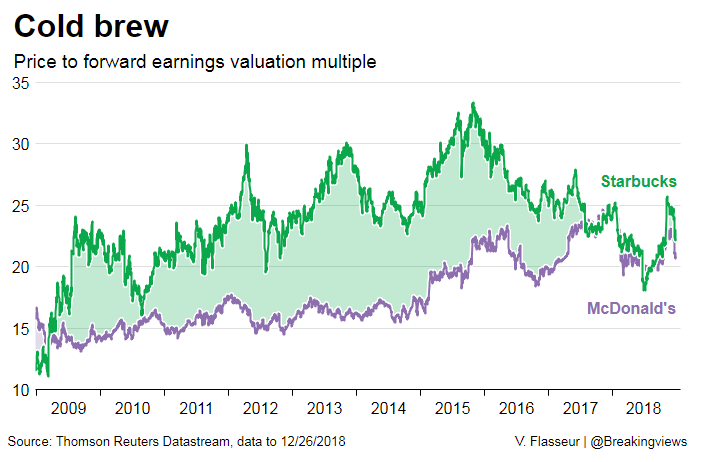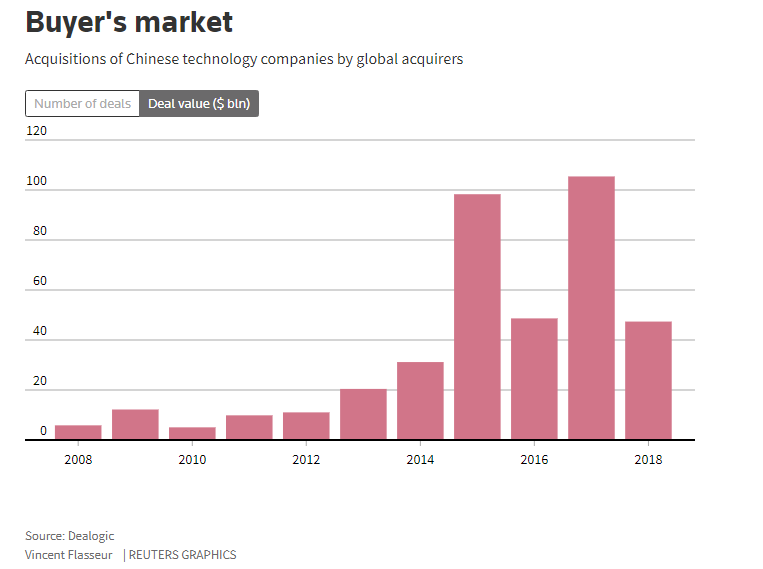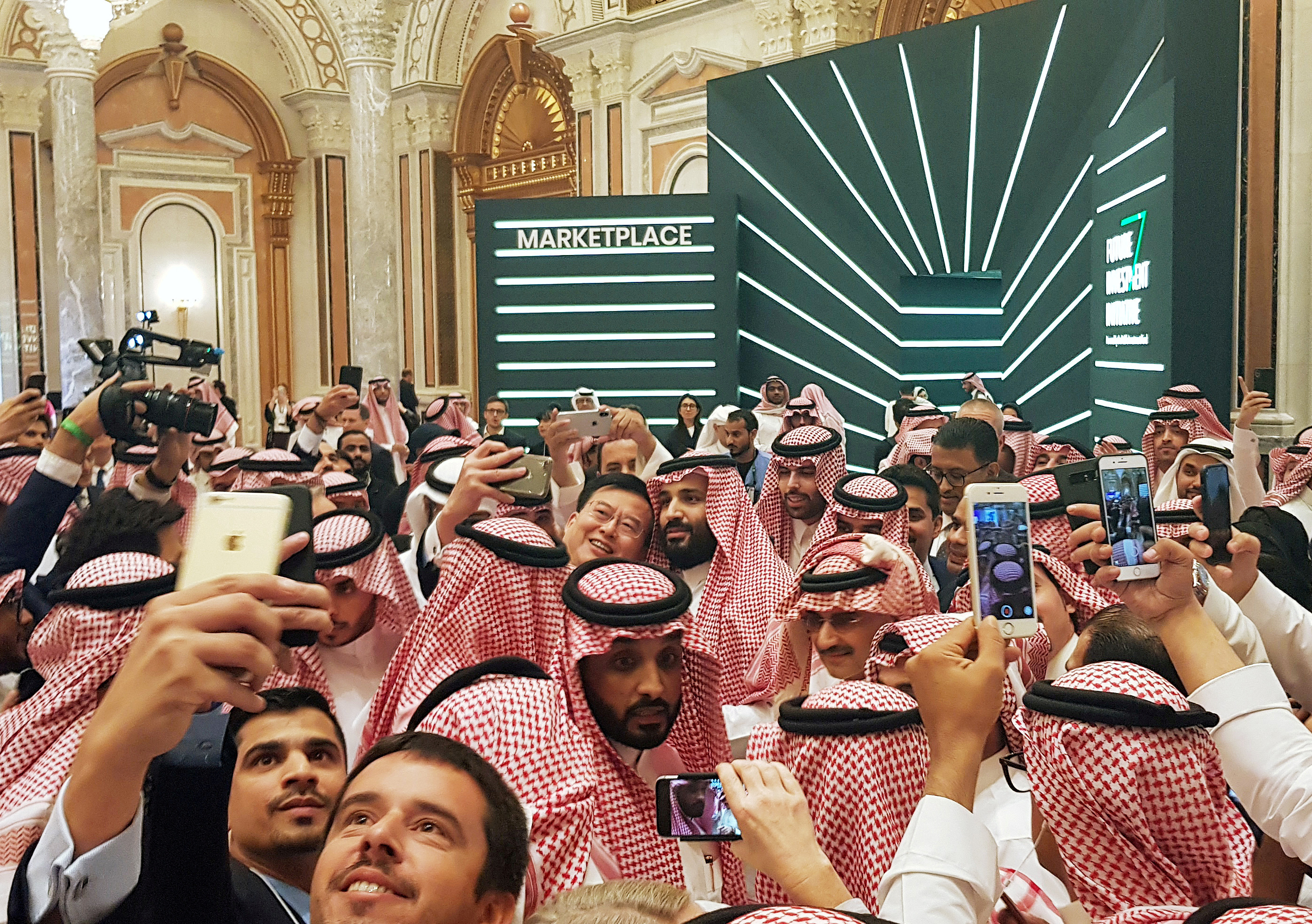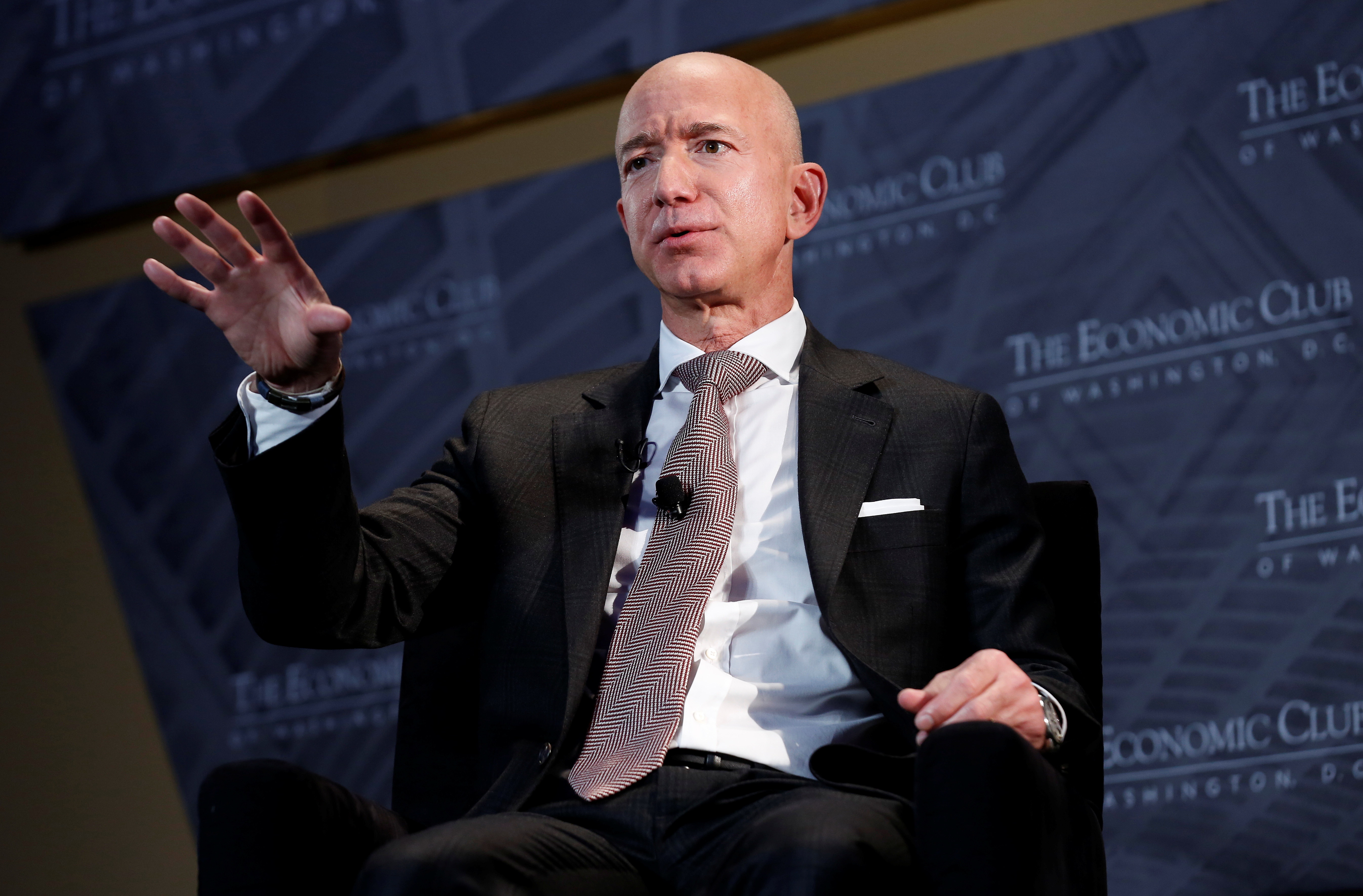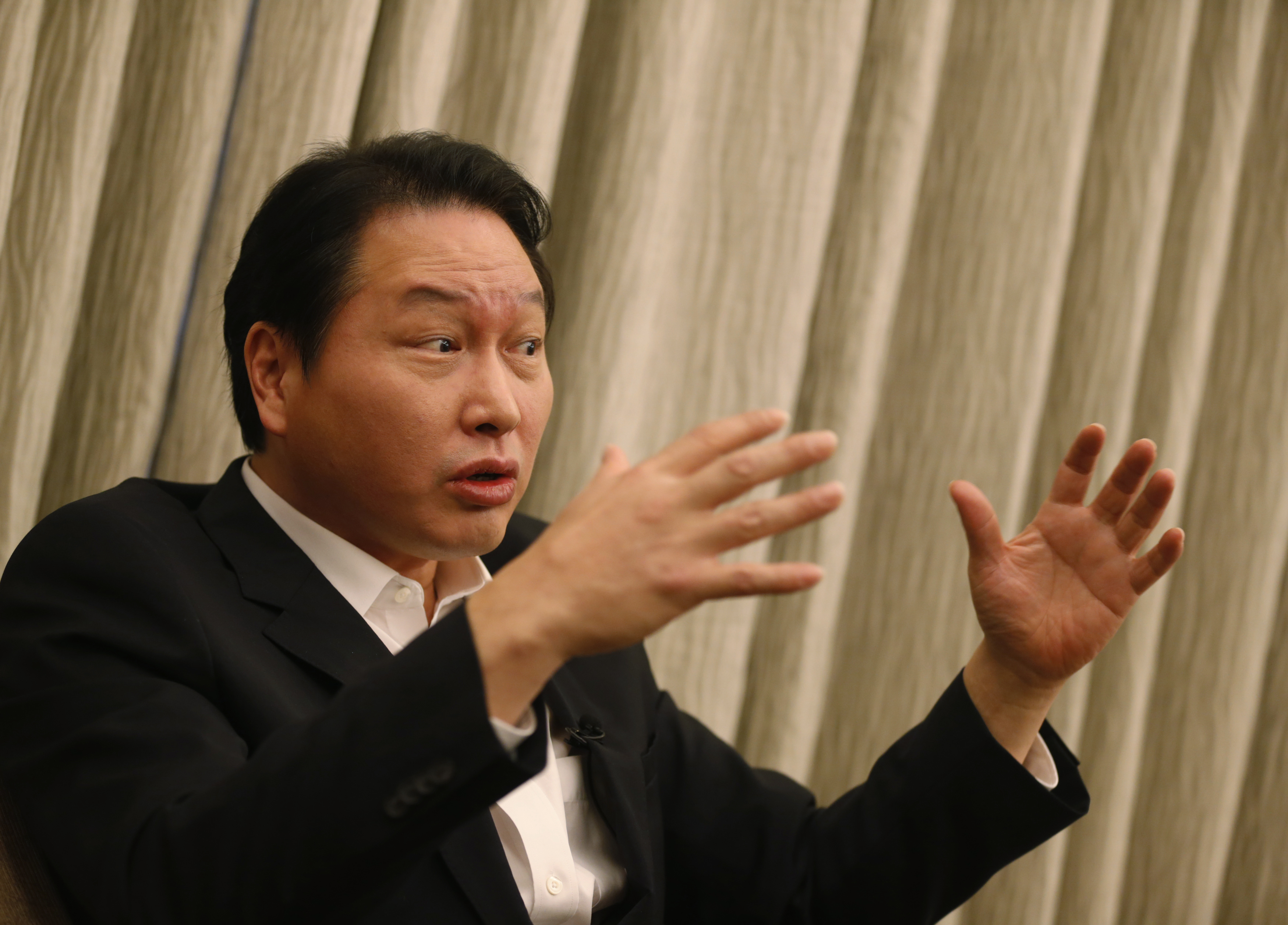BY SHARON LAM
Airbnb will emerge an outlier among Silicon Valley upstarts in China in the coming year. Internet giants from Alphabet to Facebook , lured by growth, have tried without success to crack the People’s Republic. But unlike other American internet firms, Airbnb’s business dovetails with the Communist Party’s interests in ways that lend it unusual political cover.
Beijing’s censorship controls have kept big tech out of the Middle Kingdom. Google’s Chinese search engine was shut down in 2010 amid cyberattacks. Twitter and Facebook have also struggled with regulators. Mark Zuckerberg’s social network retreated in 2009. Job-search platform LinkedIn has had measured success, but others like Uber and Amazon found the going too tough.
Airbnb’s business model already aligns nicely with President Xi Jinping’s vision for Chinese real estate. Xi, who once proclaimed that “houses are built to be inhabited, not for speculation,” wants to cool rising home prices and combat a glut of unaffordable housing. Beijing has moved, for instance, to cap new private homes in property hotspot Shenzhen at 40 percent of supply. By helping put excess housing capacity to work, Airbnb becomes part of the solution.
Airbnb’s community-centric model also fits with Beijing’s designs to generate social credit scores for citizens. The group valued at $31 billion in its last funding round willingly shares host and guest information with government agencies and stores its data in local servers. Airbnb has also struck partnerships with local city authorities and municipal governments. Initiatives like promoting tourism through home-sharing in rural Guilin could be looked favourably upon by authorities.
So far, Airbnb’s political savvy is working: in the third quarter, the number of guest arrivals increased by 91 percent in Beijing. Airbnb still faces fierce competition from homegrown rivals like Tujia, backed by travel firm Ctrip ; and Xiaozhu, which raised nearly $300 million in a recent round. But Airbnb’s global network, which has seen over 400 million guest arrivals around the world, gives it a leg up.
As the company prepares to go public in 2019, the China story will become central to Airbnb’s success. It already forecasts more guests will come from the country by 2020 than any other. An American business model, designed with Chinese characteristics, will allow Brian Chesky’s creation to go farther in China than his internet brethren have gone before.

